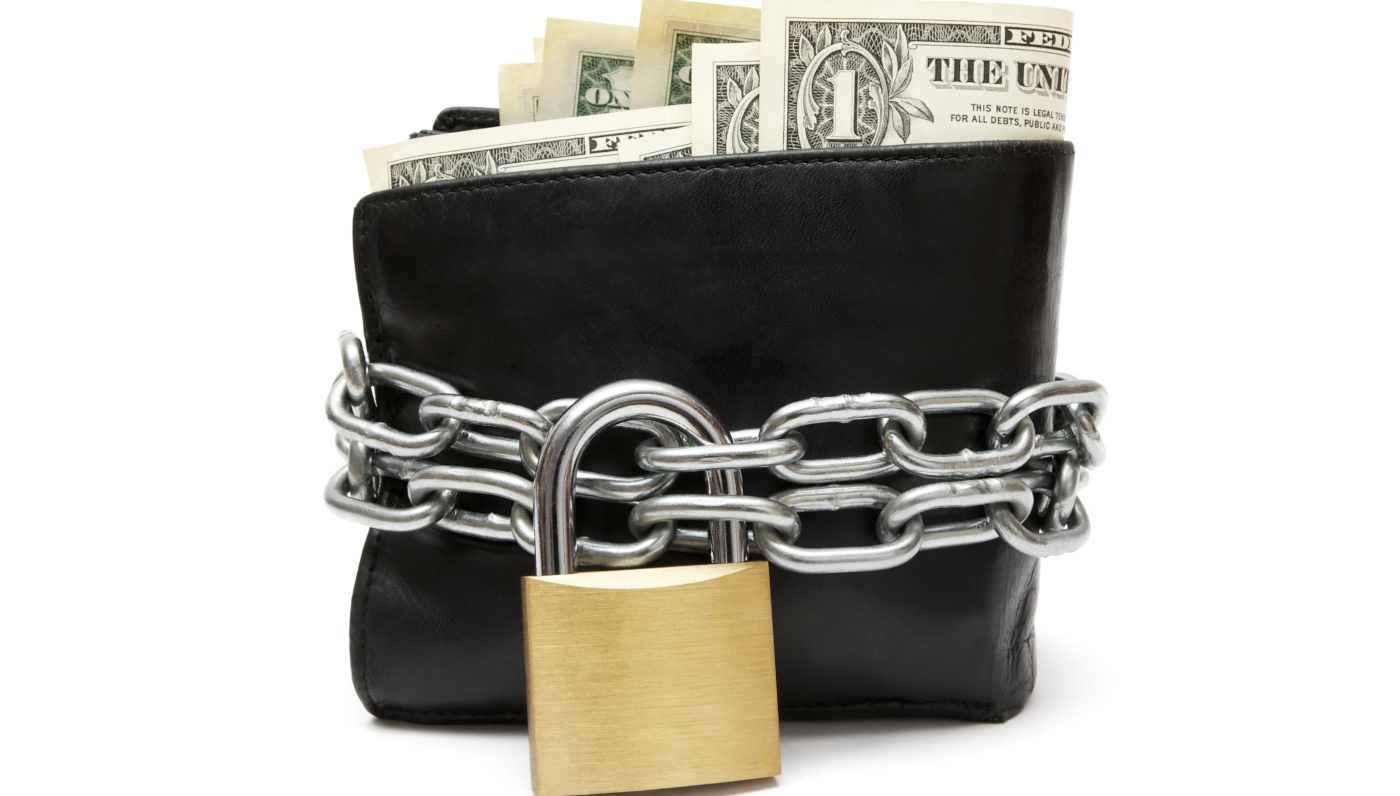
Tips for Protecting Your Cash
By Rollie Dimos | Church Budgeting & Finances
Charitable contributions by individuals reached $292.09 billion in 2018, according to Giving USA. Unfortunately, according to a study by the Association of Certified Fraud Examiners (ACFE), organizations lose 5% of revenues to theft and fraud each year. Tithes and offerings collected during the weekly services are certainly a desirable target for thieves. It doesn’t matter if you are a small church or large church. Pastor Joel Osteen’s Lakewood Church became a target for thieves a few years ago. According to the church, $200,000 in cash and $400,000 in checks and credit card donations were stolen when thieves broke into the church safe and took the weekend contributions.
Do you have adequate controls in place to safeguard your cash and contributions?
Churches and other nonprofit ministries receive a majority of their income through cash donations. Typically, the donations are collected during the weekly service or mailed to the church office. Many churches follow the same collection process: the cash is collected in offering plates or buckets that are passed among members, while some churches offer additional collection boxes in the foyer. The offerings are collected by one or two members and taken to a room for sorting and counting. In some churches, the offering is then placed into a safe until it can be recorded and prepared for deposit. Other churches may take the offering to the bank and place it in the night deposit box where it is picked up the next day by the church bookkeeper.
No matter what process your church follows, there are multiple points along the journey from collection to deposit where the cash is susceptible to theft or fraud.
Skimming is a type of fraud where cash is stolen from the church before it can be recorded in the financial records. Skimming is a fraud risk that all churches face. Anywhere a church may receive cash, whether in the offering plate, in the mail, at the coffee shop or in the bookstore, cash is susceptible to skimming. In fact, skimming is one of the more frequent ways funds are stolen from organizations. The ACFE study found that skimming occurred in 14.6% of fraud cases, and that this type of fraud lasted 24 months before being discovered. This highlights the reason why churches need to have strong control over the cash collection process.
Here are several controls you can put in place to ensure the safety of your cash collection process:
- At least 2 people should collect and count the offering. To reduce the risk of collusion, these people should not be related and team members should be rotated often.
- Have team members who count the offering complete a count sheet and sign it. If a deposit slip is prepared later, the deposit slip should be prepared by 2 people. Any discrepancy between the count sheet and the deposit slip should be researched and reconciled.
- If the offering is kept in the church overnight it should be placed in a safe that is mounted in a secure and permanent location. Unfortunately, the locks on desk drawers and
file cabinets can be easily defeated. - Safeguard the deposit while it is in transit to the bank. This protection is often overlooked but very important, especially for the safety of the person who is taking the deposit to the bank. If possible, two people should take the deposit to the bank.
- The bank deposit receipt should be returned and compared to the deposit slip and the count sheet. All three forms should be reconciled by someone not involved in all three processes (collecting, counting and deposit). Any discrepancies should be researched.
Segregating certain duties will help ensure accountability and integrity in financial processes. Along each step in the cash collection, recording and reconciling process, make sure there are 2 sets of eyes on each transaction. For example, the person who reconciles the bank account should be different than the person who makes the deposit.
Lastly, contribution receipts should be sent to donors to acknowledge their gift. These receipts will also provide another level of accountability by helping to find any discrepancies between the actual and reported donations.
 ASSEMBLIES OF GOD
ASSEMBLIES OF GOD